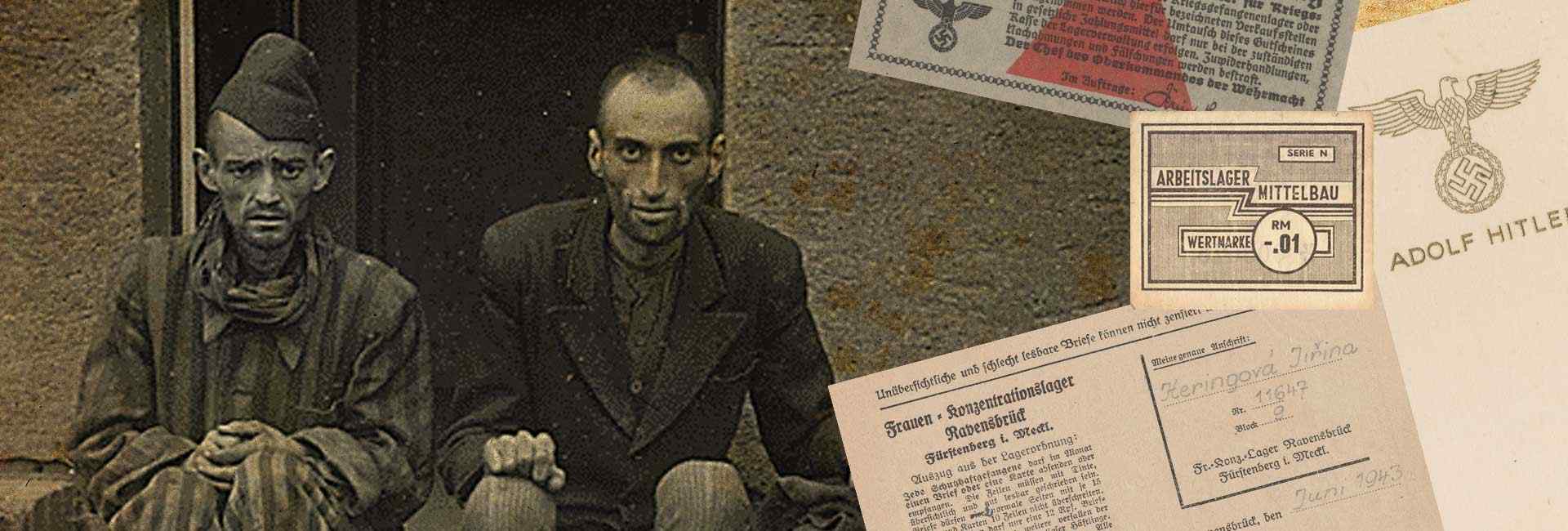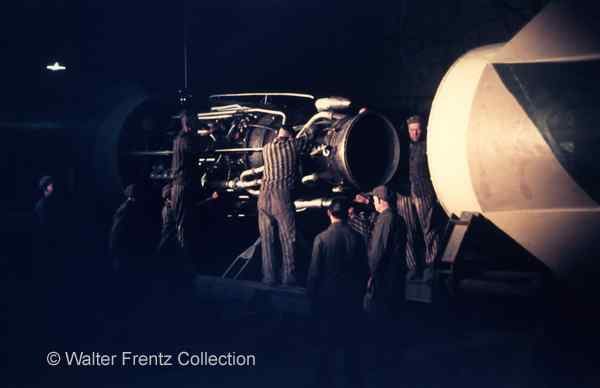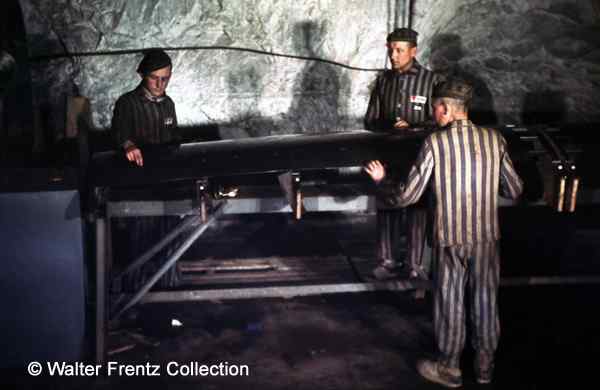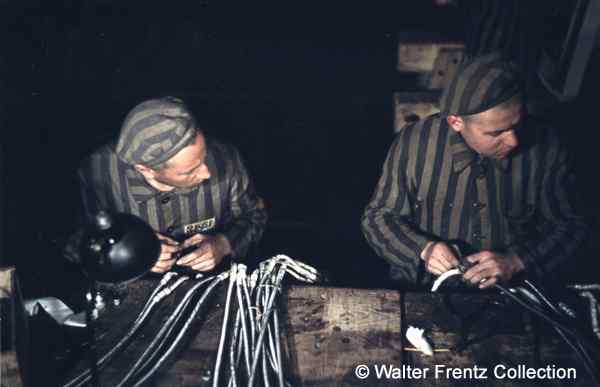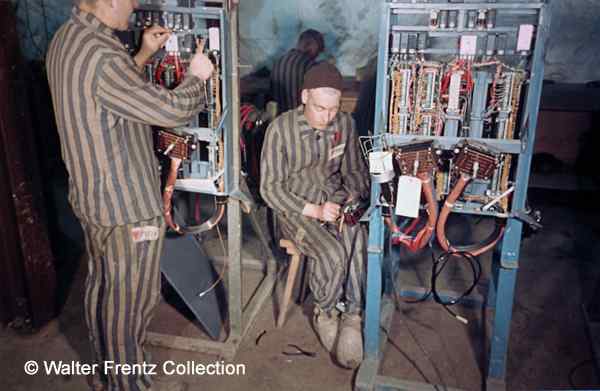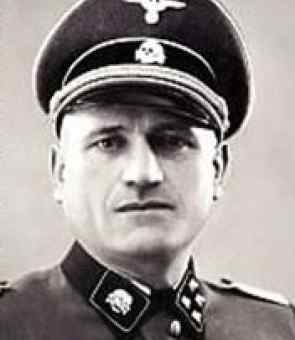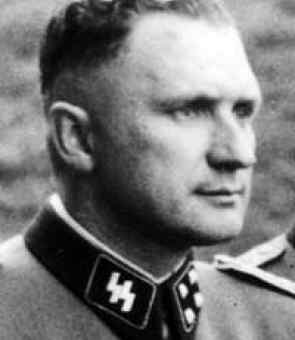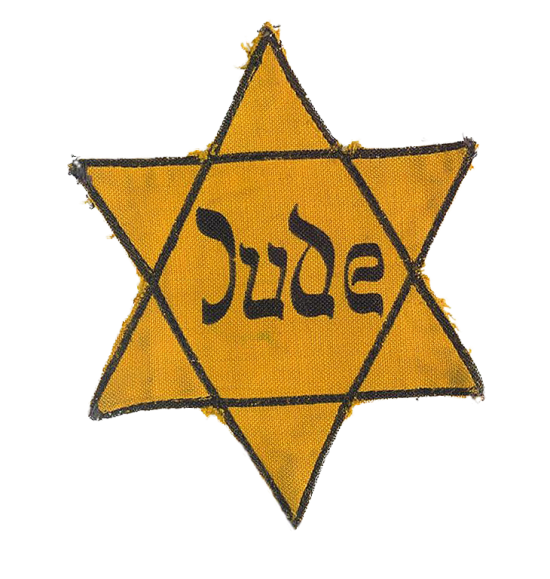
Mittelbau-Dora (a subcamp of Buchenwald concentration camp) was a forced labour concentration camp near Nordhausen in Germany. It was the last major concentration camp to be established in the Third Reich. On August 28, 1943 the first 107 concentration camp inmates arrived at the Kohnstein hill near Nordhausen with their SS guards. Between 1943 and 1945 some 60.000 persons from nearly all the countries of Europe (above all the Soviet Union, Poland and France) were deported to the Harz mountains as concentration camp inmates to perform forced labour for the German armament industry. One in three did not survive.
"For evil to flourish, it only requires good men to do nothing".
Simon Wiesenthal
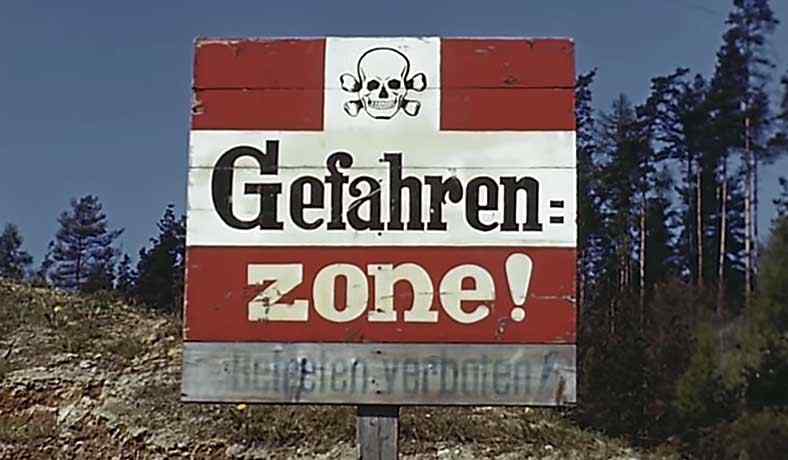
History of Mittelbau - Dora
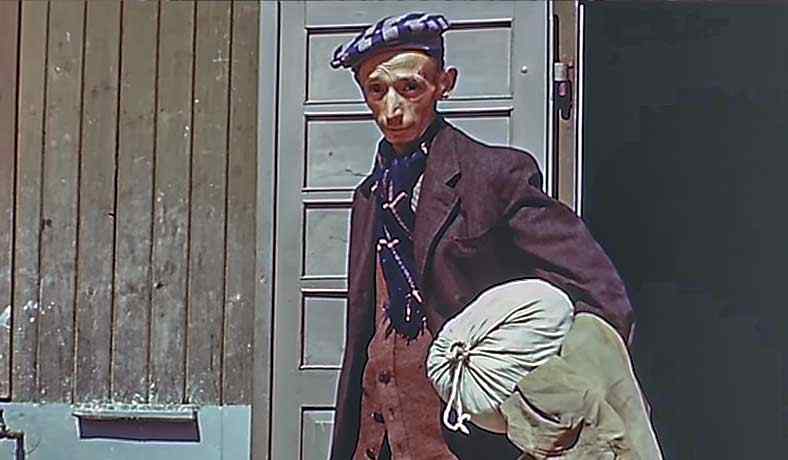
Prisoner of Mittelbau - Dora
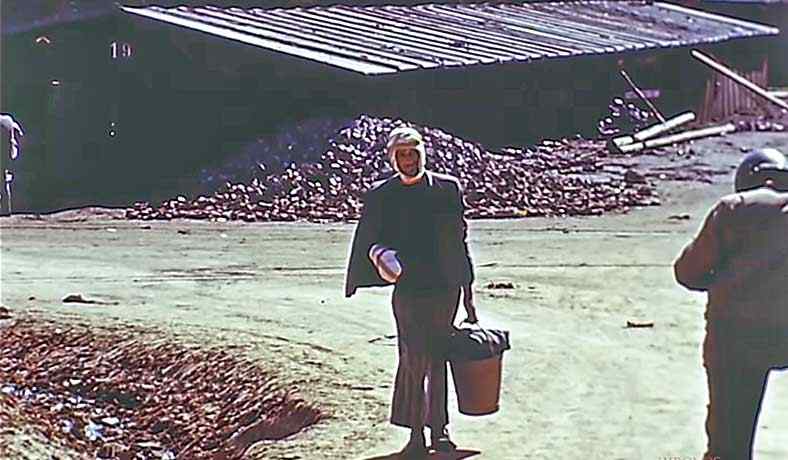
Prisoners of Mittelbau - Dora
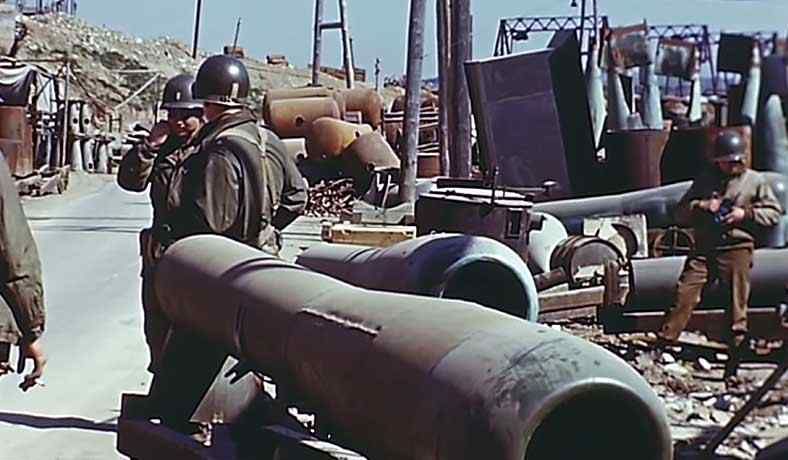
Liberation of Mittelbau - Dora
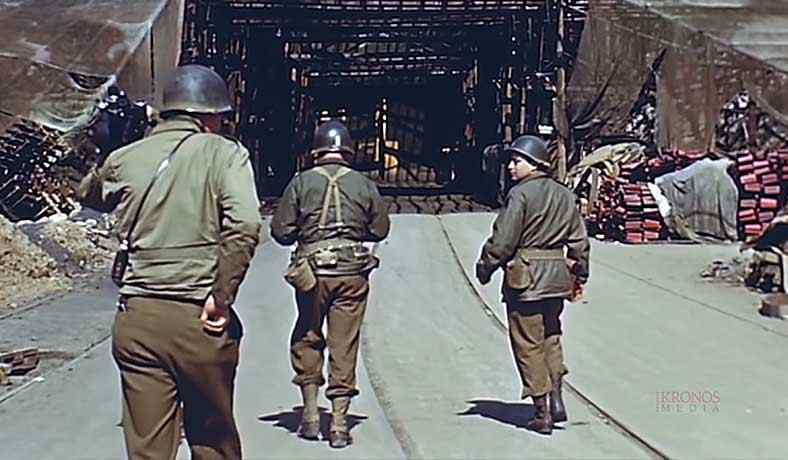
Liberation of Mittelbau - Dora
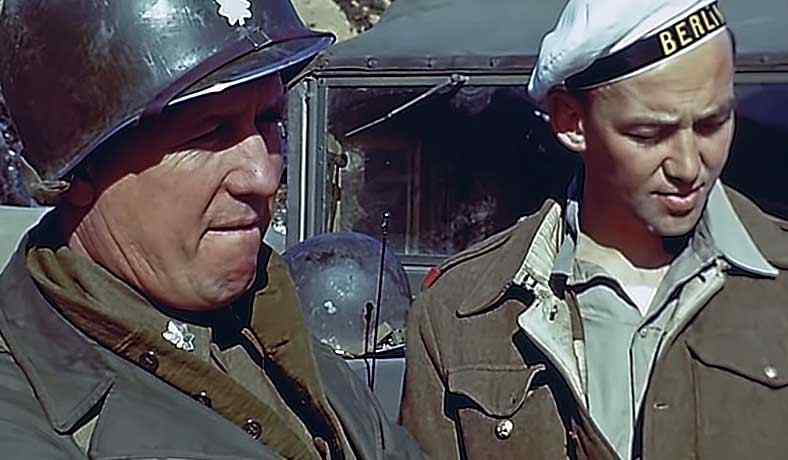
Liberation of Mittelbau - Dora
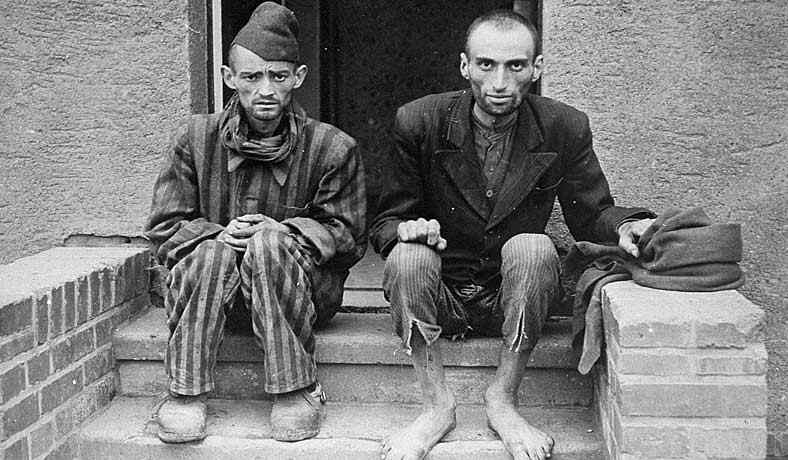
Liberated prisoners of Mittelbau - Dora
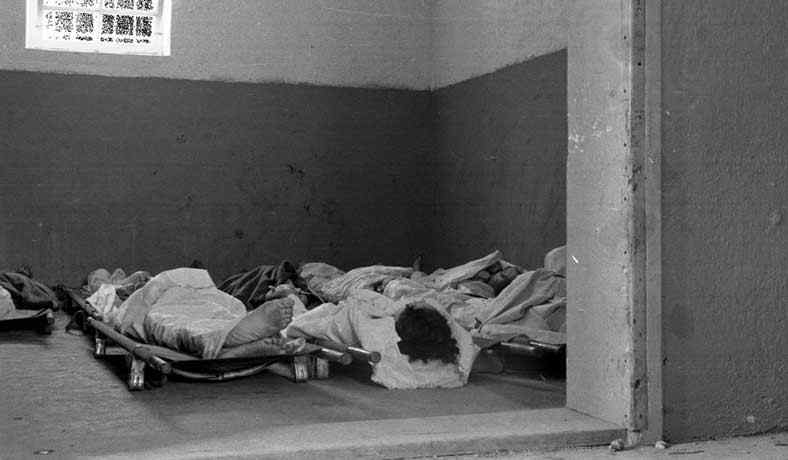
Dead prisoners at Mittelbau - Dora
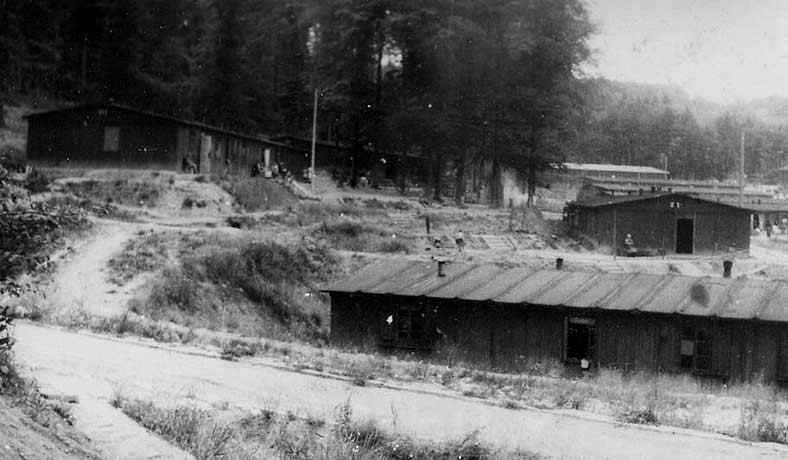
Barracks at Mittelbau - Dora
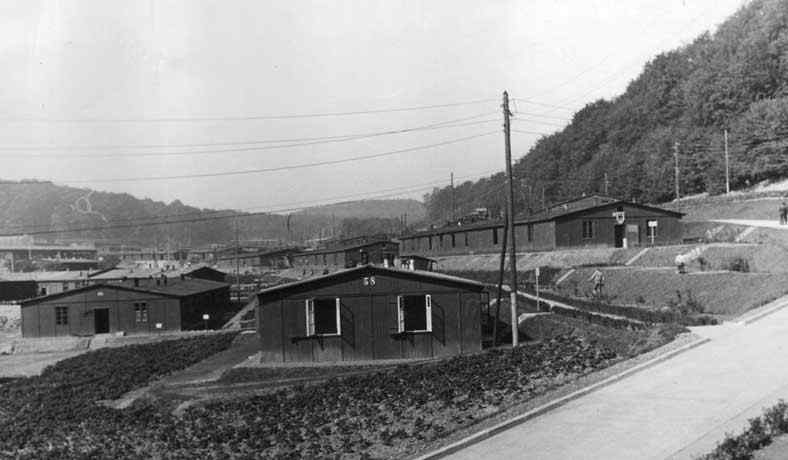
Concentration camp Mittelbau - Dora
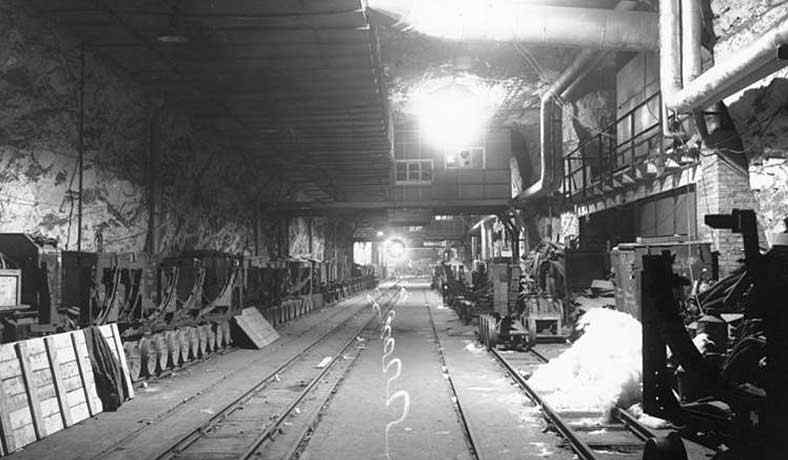
Tunnels at Mittelbau - Dora
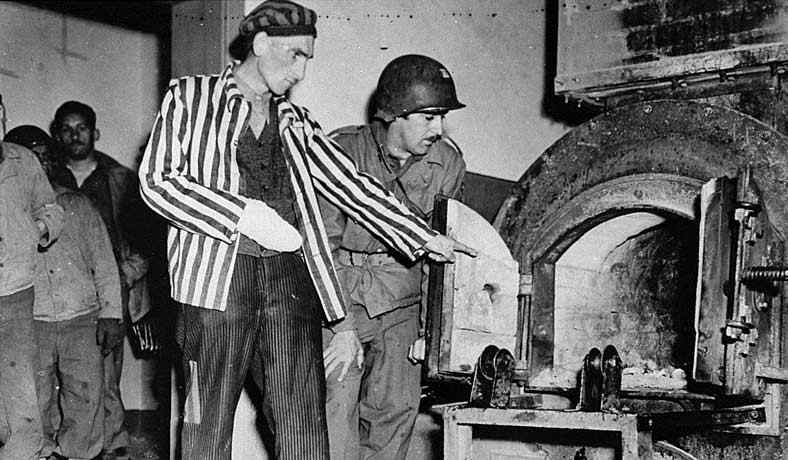
Showing US troops the crematorium at Mittelbau - Dora
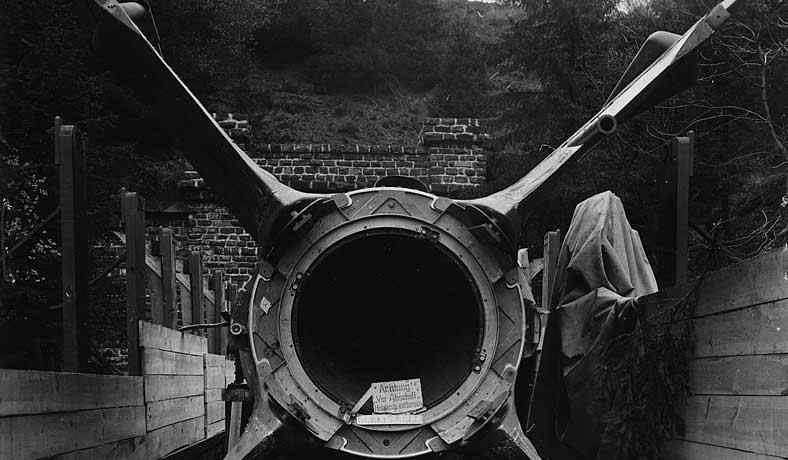
Remains of a V2 at Mittelbau - Dora
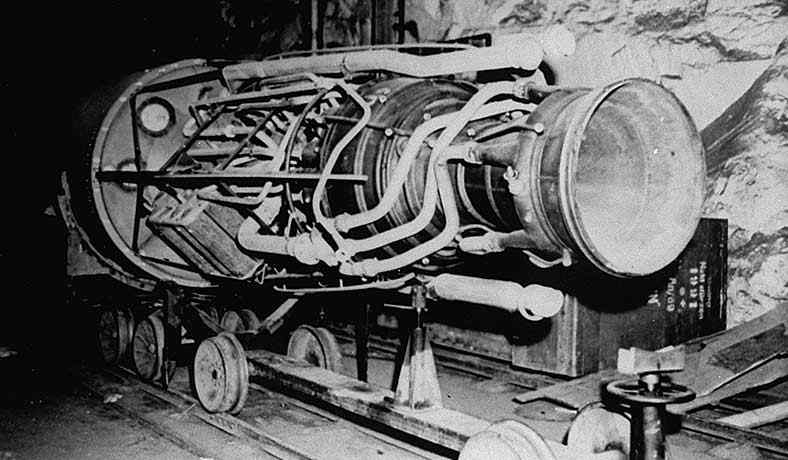
V2 Engine at Mittelbau - Dora
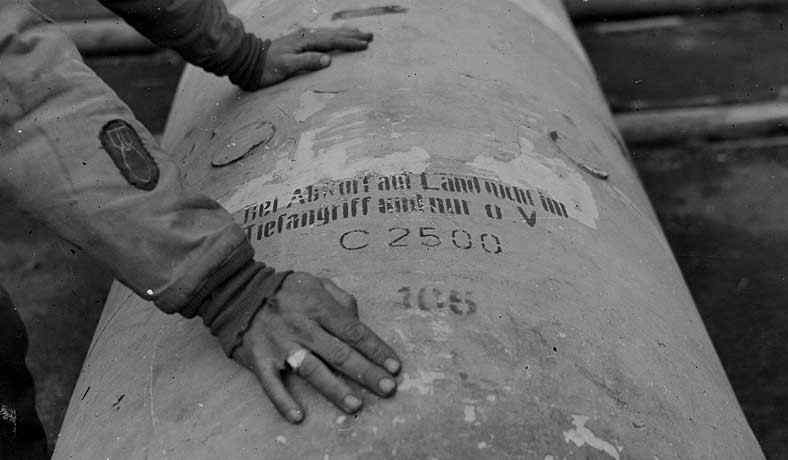
Spoils of war at Mittelbau - Dora
- History of Mittelbau - Dora
- Prisoner of Mittelbau - Dora
- Prisoners of Mittelbau - Dora
- Liberation of Mittelbau - Dora
- Liberation of Mittelbau - Dora
- Liberation of Mittelbau - Dora
- Liberated prisoners of Mittelbau - Dora
- Dead prisoners at Mittelbau - Dora
- Barracks at Mittelbau - Dora
- Concentration camp Mittelbau - Dora
- Tunnels at Mittelbau - Dora
- Showing US troops the crematorium at Mittelbau - Dora
- Remains of a V2 at Mittelbau - Dora
- V2 Engine at Mittelbau - Dora
- Spoils of war at Mittelbau - Dora
History, definition and facts about Mittelbau Dora
The establishment of Mittelbau-Dora Concentration Camp was preceded by the development of the A4 rocket as a weapon of terror - later known by the propaganda designation "V2" (or Vergeltungswaffen) at the Peenemünde army research centre on the island of Usedom. It was there, as well as at the Rax Works in Wiener Neustadt and at Zeppelin in Friedrichshafen on Lake Constance, that the serial production of this rocket began in the early summer of 1943.
A heavy air attack by the Royal Air Force on the night of 18 August 1943 brought A4 manufacture in Peenemünde to an abrupt halt. At the other two sites, production had also been at least adversely affected by Allied air raids the same summer. The bombing of Peenemünde gave the authorities no other choice but to move the undertaking to regions less exposed to the air. A decision was made in favour of the tunnel system belonging to the Wirtschaftliche Forschungsgesellschaft (Wifo; economic research society) in Kohnstein Mountain near Nordhausen in Thuringia. Beginning in 1936, the Wifo had been having an underground fuel storage facility built there for the Wehrmacht; by the late summer of 1943 the construction measures were near completion.
On August 28, 1943, i.e. a mere ten days after the air attack on Peenemünde, the first 107 concentration camp inmates arrived at the Kohnstein near Nordhausen with their SS guards. A new subcamp of Buchenwald Concentration Camp was thus founded: the Arbeitslager Dora (Dora labour camp), as it was officially designated by the SS. In the weeks and months that followed, further inmate transports arrived from Buchenwald almost daily.
By the end of September 1943, there were already more than 3,000 concentration camp inmates in the Kohnstein, by the end of October more than 6,800, and by Christmas 1943 more than 10,500. Yet Dora was not a camp in the strict sense of the word. Because of the fact that no barracks or permanent living quarters had yet been made available for the inmates, the SS housed them in the tunnels of the planned Mittelwerk, as one section of the underground factory was called. For this purpose, Chambers 43 to 46 (four transverse chambers of the ladder-shaped tunnel system) were furnished with four-tiered wooden bunks.
There were no sanitary facilities apart from oil barrels which had been sawed in half for use as latrines. The inmates suffered and died of hunger, thirst, cold and the heavy labour itself. In the initial months, a large percentage of them were put to work doing heavy construction and transport labour for the completion of the underground rocket plant. This task had priority over the construction of the aboveground barrack camp on the south side of the Kohnstein. It was not until January 1944, when the production of the A4 rockets got underway in the Mittelwerk, that the first inmate groups were moved to the barrack camp. Many remained in the crowded conditions of the underground sleeping chambers until May 1944.
A large number of inmates, the majority of them Russians, Poles and French, did not survive the wretched months of the tunnel construction phase. Between October 1943 and March 1944, nearly 2,900 inmates died in Dora. A further 3,000 dying inmates were transferred to Lublin-Majdanek and Bergen-Belsen Concentration Camps in the spring of 1944. Hardly any of them survived. For the SS, which had directed the construction work, the tunnel system of the Mittelwerk was a prestige object. Particularly SS Gruppenführer Hans Kammler, chief of Bureau C of the SS Department of Economic Administration, was intent on distinguishing himself with a view towards further construction projects in the armament sector.
By January 1944 the construction process had advanced to the point where the assembly of A4 rockets could begin. The commencement of A4 production in the Mittelwerk was accompanied by the restructuring of Camp Dora. The inmates who had survived the enervating construction labour of the fall and winter of 1943/44 were considered no longer exploitable for rocket production, as they either were too debilitated physically or lacked the professional qualifications for work on the assembly lines. New inmates were therefore brought to Dora, having been specifically selected in other concentration camps for the production of the A4 rockets. From March 1944 on, their exhausted predecessors were sent to the subcamps being established in the vicinity of Nordhausen, where they were required to work on tunnel-driving or aboveground construction sites. By the spring of 1944, Dora had thus developed into a turntable for the transfer of inmates and taken on the function of a parent camp.
Today Mittelbau-Dora is a place of learning and commemoration. Relics on the former camp grounds and in the tunnels testify to the crimes, but also to the differing treatment of the site’s history over the decades. Changing exhibitions inspire critical examination of the past. The permanent exhibition opened in 2006 presents Mittelbau-Dora not just as a model case of forced labour and the relocation of armament production to underground locations, but also as an example of the strong integration of the concentration camps in German society.
Liberation
The majority of the Mittelbau camps were completely vacated. Only a few small camps with populations consisting solely of Italian prisoners of war were not “evacuated”. The SS moreover left several hundred sick and dying inmates behind in the Dora camp and the Boelcke casern. They were liberated on 11 April 1945 when American troops marched into Nordhausen.
On the days that followed, American war correspondents took photos and films of the enfeebled and starving inmates in Dora and the Boelcke casern – images that soon went around the world and are today among the most well-known testimonies to the Nazi crimes.
For the most part, the survivors of the clearance transports and death marches were liberated in the casern camp of the Bergen-Belsen concentration camp and in other camps in mid April 1945. However, a number of survivors remained in the hands of their tormentors, not to be liberated until early May 1945 in Mecklenburg and Austria.
Text courtesy of the Dora Mittelbau website used with permission.
Original video footage
Real eyewitness testimonies
Alfred Haber - Dora survivor
"A warm thank you to the United States Holocaust Memorial Museum for their willingness to help in allowing their testimonies to be featured on my website.
Camp nickname:
Subterranean tunnels for construction work
The camp specifications
28 August 1943 - 11 April 1945
± 60.000
± 20.000
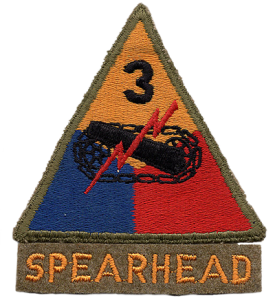
3rd Armored Division
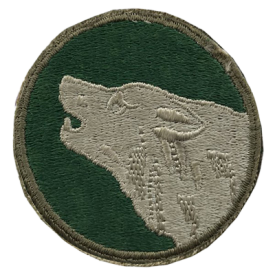
104th Infantry Division
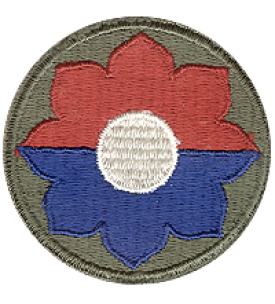
9th Infantry Division
Liberated on: April 11, 1945
"None of us who entered the camp had any warning what so ever of what we were about to see".
